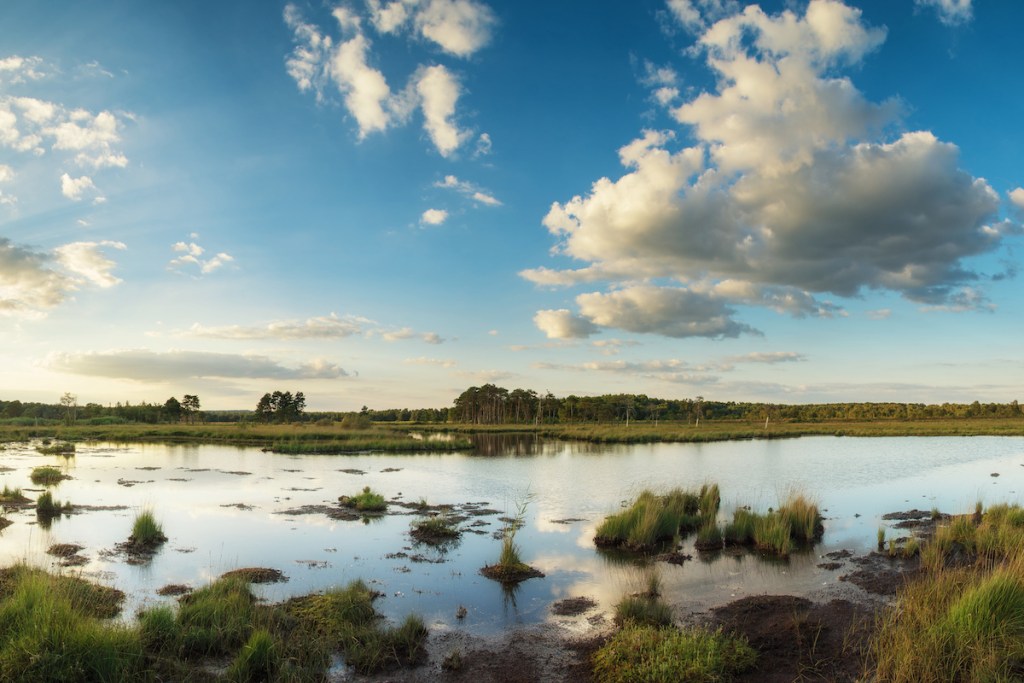Our views on sloughs, tidal marshes, estuaries, and wetlands are contradictory — some love the wildness of these ecosystems with their diversity of plants and creatures; others want them drained, seeing opportunities for development. Humans often build seawalls of concrete or boulders to protect coastal communities from encroaching oceans, but they are expensive and require constant maintenance. With sea-level rise and increasingly violent storms, they inevitably fail. Natural coastal systems, on the other hand, sustain themselves, buffer against storm surges, and provide flexible and resilient protection for human communities. Since the 1850s, 90 percent of California’s coastal wetlands have been destroyed for development.
Reestablishing marshes, mudflats, and seagrass beds is gaining priority, funding, and political will. San Francisco Bay, starting in 1960, gained an early start with the founding of an organization called Save the Bay. Since then, scientists, governments, and NGOs have made San Francisco Bay one of the world’s largest wetland renewal projects. From the mid-20th century when less than 10 percent of the bay’s original wetlands survived, today, 28 percent of the original wetlands are restored. Forty percent will be achieved when current projects in planning and execution are completed. Much of the South Bay, used in the early 1900s as evaporative ponds for harvesting salt, has been restored.
Perhaps you have heard the term “blue carbon.” It refers to the CO2 stored by plants and soils in coastal wetlands. Such places sequester three times more carbon per acre than tropical forests. Even more important than this potent carbon repository is that tidal marshes serve as the coast’s first line of defense, cushioning human infrastructure. Wetlands dissipate and dampen storm energies, lessening their destructive power. In addition, marshes grow vertically, keeping pace with sea-level rise by trapping sediment in their vegetation, which decomposes and then regrows.
Marshes are in a dynamic equilibrium with the water level, even keeping pace with moderately high rates of sea-level rise. To do so, enough suspended sediment is needed. The California Ocean Protection Council estimates that by the year 2100, sea levels could rise by as much as seven feet. A lot of sediment will be required. The silt collecting behind dams and reservoirs becomes a source when cleaned out or when dams are decommissioned. Some of the heavily engineered rivers and creeks flowing into the Bay are being restored, creating more sediment potential. The routine dredging of the Bay’s deepwater ports provides another supply of sediment. A third source of material comes from construction sites. Increasingly, tides are being allowed to move these sediments around as scientists study the patterns.
Locally, we get to enjoy the preserved or partially preserved Carpinteria Salt Marsh, Goleta Slough, UCSB campus lagoon, Devereaux Wetlands, Arroyo Burro Estuary, and the bird refuge. In 2016, the Upper Devereaux Slough was restored in part as a buffer against future ocean storm surges.

